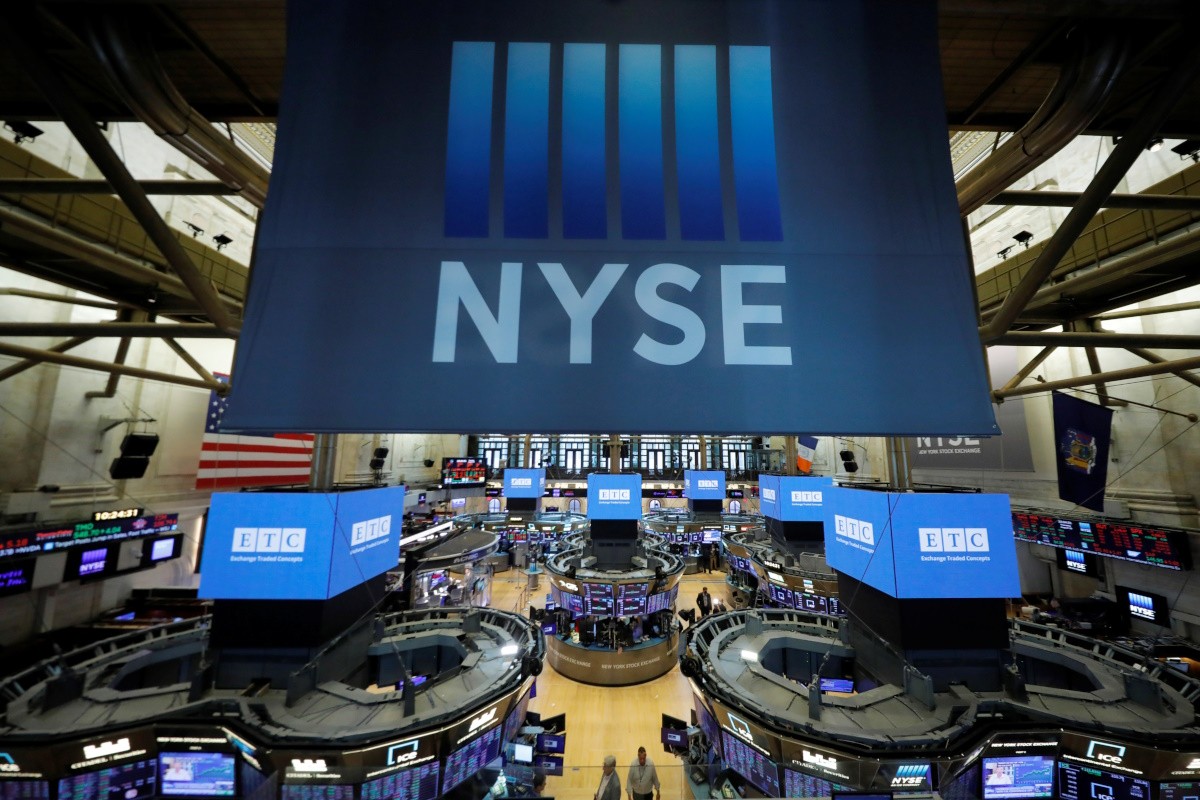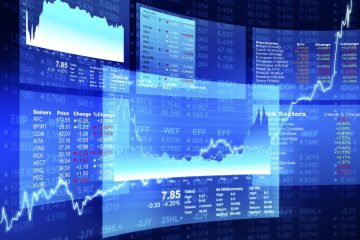The S&P 500 Rallied to Records on the Back of Just One Sector

The S&P 500 is back at record levels for the first time in two years. Information technology is the only one of the index’s 11 sectors that can say the same.
Home to the likes of Microsoft, Apple and Nvidia, the tech sector is riding the mania over artificial intelligence and has propelled the broader market to a record close in five of the last six trading sessions. The S&P 500 is up 2.5% to start 2024, while the tech segment has risen 5.9%.
The 10 other sectors are trading an average of 15% below their all-time highs, and none has set a new record in January. The equal-weighted S&P 500, which gives the same status to the smallest and largest companies in the index, is down 0.3% this year.
The market’s rally was much wider two years ago. Seven other sectors—industrials, financials, consumer staples, real estate, healthcare, utilities and materials—joined tech to trade at new highs in the two weeks preceding the S&P 500’s January 2022 record.
A narrow rally is a potentially worrying sign to some investors and strategists. When just a handful of big stocks are responsible for most of the market’s gains, it becomes more vulnerable to a downturn if a few of those heavyweights stumble, they say.
For example, if six of the biggest tech stocks were to pull back to their 200-day moving averages, it would knock about 5% off the S&P 500, according to an analysis from Bespoke Investment Group. (The 200-day moving average is a widely watched technical indicator used to gauge longer-term price trends.)
Big Tech dominated the market for most of last year, too. Investors were encouraged in the final weeks of 2023 when bets that the Federal Reserve would soon cut interest rates drove an “everything rally,” boosting prices of assets from small-cap stocks to gold and bonds.
They expected more of the same in 2024, but some of the optimism from the pivot party appears to be fading. Hotter-than-expected economic data has powered the yield on the benchmark 10-year Treasury note back above 4%. Investors, in turn, have pushed back their expectations for the timing of the first rate cut, potentially making it harder for stocks to extend their climb.
All eyes will be on the Fed’s policy meeting Wednesday as investors look for clues about when and how far officials might cut interest rates. Friday’s monthly jobs report will offer the latest look at the strength of the labor market. And earnings reports from big tech companies including Microsoft, Meta Platforms and Amazon.com could provide further insight into whether the market’s gains can be sustained.
“The notion of a recession has been completely obliterated from the mind and the positioning of most portfolio managers,” said David Rosenberg, president at Rosenberg Research & Associates. “There is tremendous confidence in the soft landing—perhaps confidence that is now bordering on complacency.”
Big tech stocks aren’t the only ones setting new highs to start 2024, to be sure. Berkshire Hathaway, Visa, McDonald’s and Marriott International are among those that have joined Microsoft, Meta, Google parent Alphabet and Nvidia.
Shares of smaller companies, on the other hand, have largely missed out on the rally. The small-cap focused Russell 2000 index is off about 20% from its November 2021 record.
Caitlin Frederick, director of financial planning and wealth adviser at Ullmann Wealth Partners, said one area she is recommending to clients is small-cap value stocks because they have more room to run compared with larger growth stocks.
“Would you rather buy Amazon back in the ’90s when they only sold books, or would you rather buy a share of Amazon today?” Frederick said. “The answer is you’d rather buy it in the ’90s because it was significantly cheaper, and it was a small-cap stock. Their growth potential is less now, because they’re so big.”
Technical indicators of market breadth are also flashing warning signs. The NYSE advance-decline line, a popular cumulative indicator that tracks the number of securities rising minus the number falling on the exchange each day, hasn’t hit a fresh all-time high for 556 trading days, the longest such stretch since a 647-day period that ended in 2009, according to Dow Jones Market Data.
Yet historical data suggest gains beget gains. In the previous 14 instances when the S&P 500 set a new all-time high for the first time in more than a year, the rally continued over the following year more than 90% of the time with an average return of 13.9%, with one outlier in mid-2007, according to ClearBridge Investments.
Ken Mahoney, CEO of Mahoney Asset Management, said he has added to his large-cap growth exposure recently.
“The market can continue to advance with the leadership, though it is concentrated, it’s OK,” he said. “No one said you had to buy the unweighted S&P 500. That hasn’t really done much of anything.”


